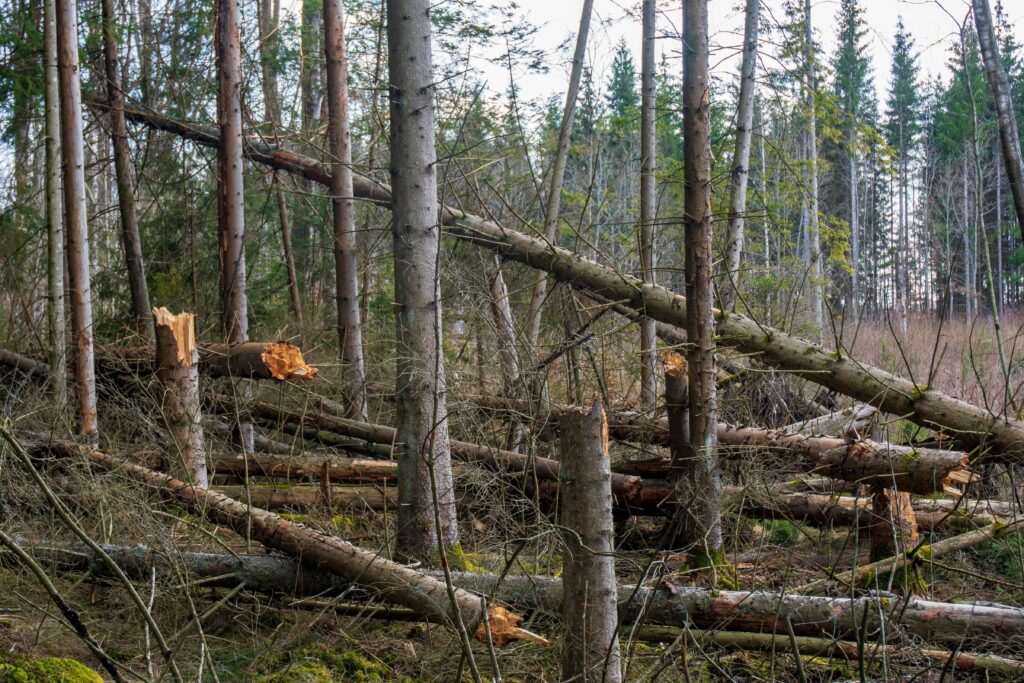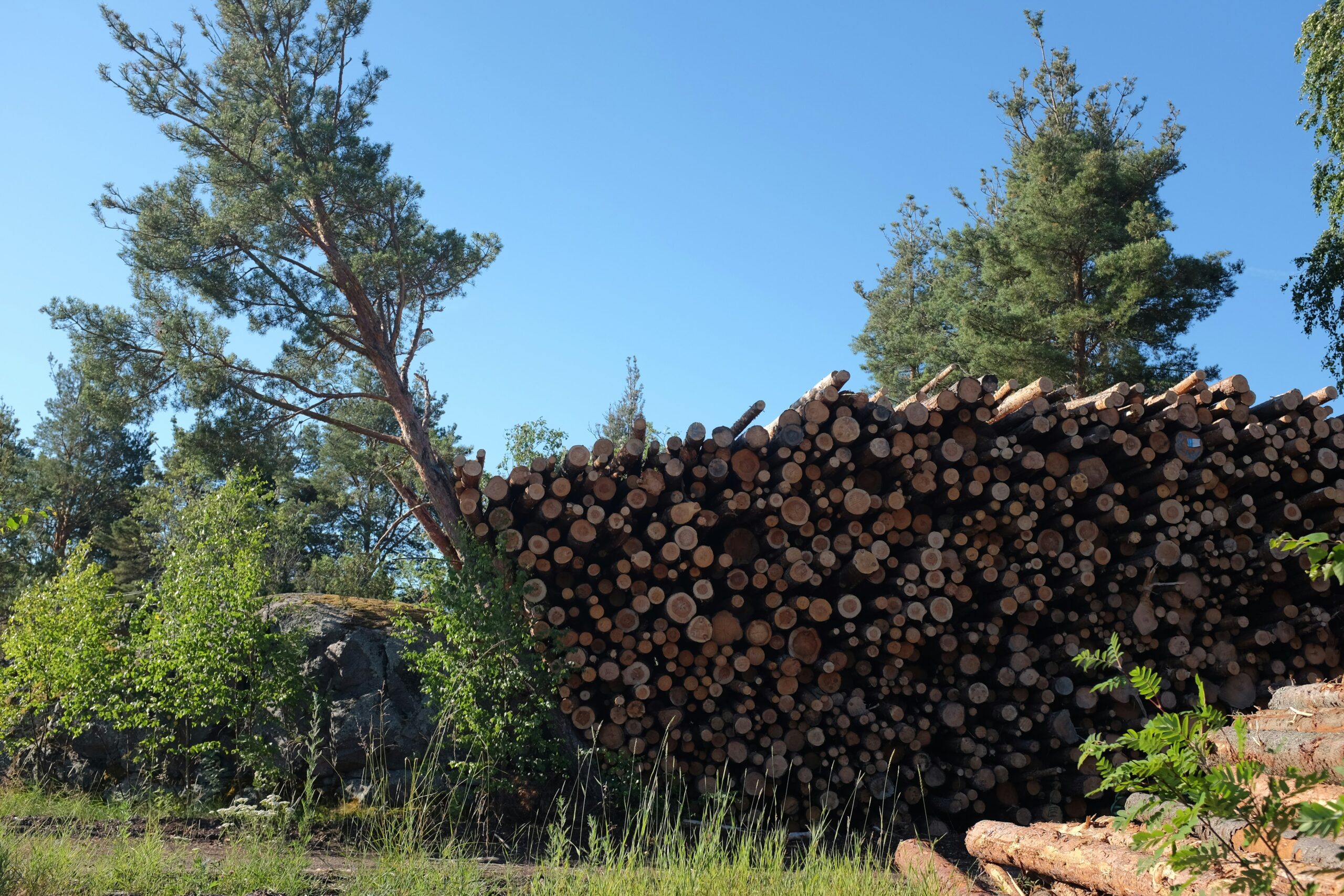EUDR compliance is no longer something the cattle industry can ignore. Whether you’re running a feedlot, exporting hides, or sourcing beef for the EU market, the rules have changed. And they’re not just targeting big producers or direct exporters. If cattle touch your supply chain in any way, you’re in scope. That means traceability, geolocation records, and a lot more visibility than most operators are used to.
This guide breaks down what EUDR cattle compliance actually involves, who it affects, and what steps you can take to avoid being caught off guard once enforcement begins. It’s not about overhauling your business overnight, but about getting the right systems in place so you’re not playing catch-up later. Let’s get into it.
Why EUDR Compliance Matters Now
The regulation becomes fully enforceable on 30 December 2025 for larger EU-based businesses. Smaller businesses get a few more months, but not much.
This doesn’t just affect exporters shipping straight to Europe. If you’re selling cattle, hides, or beef that could eventually end up in the EU-directly or indirectly-you’ll still be pulled into the compliance net.
Here’s why it’s serious:
- Products without full traceability may be blocked at EU borders
- Even “low-risk” countries still have to meet core requirements like geolocation
- Losing access to the EU market can impact prices and long-term business viability
- Downstream buyers may push new documentation requirements upstream to avoid non-compliance
The short version? If your supply chain isn’t ready, you’re risking more than just a fine.
What EUDR Requires for Cattle Products
The regulation has a few non-negotiable boxes that must be ticked for cattle products to be accepted in the EU.
Here’s what’s required:
- Lifetime geolocation: Every animal must have precise coordinates (down to six decimal places) for each property it has lived on, from birth through slaughter.
- Proof of deforestation-free land use: The land tied to each stage of the animal’s life must not have been deforested or degraded after 31 December 2020.
- Legal compliance with local regulations: All production activities must follow applicable environmental, land use, and labor laws.
- Due diligence documentation: EU importers must submit a full package that includes product description, movement dates, geolocation data, and deforestation status before goods are allowed entry.
All of this means traceability needs to be water-tight, starting at the farm and ending at the importer’s desk.
What Australia Is Doing to Support Producers
Australia is currently classified as a “low-risk” country under EUDR, which lowers the share of physical checks at EU ports-but it doesn’t lower the bar for traceability.
To help producers comply, the following systems are already in place:
- LPA Geolocation Tool: This is a voluntary feature within the Livestock Production Assurance (LPA) program. It allows producers to input geolocation data for all properties cattle have been kept on. Participation is free and data privacy is protected.
- National Livestock Identification System (NLIS): A national database that helps feedlots and processors trace an animal’s movements using its electronic ID. The geolocation tool plugs into this to build a complete location history.
- Education and Guidance: Webinars, FAQs, and how-to articles have been made available by government and industry groups to walk producers through compliance step-by-step.
Who Needs to Act and What They Need to Do
EUDR compliance isn’t just a producer’s problem. Here’s how responsibilities are spread out across the supply chain:
Cattle Producers
- Opt into the LPA geolocation sharing tool
- Document every location an animal has lived on from birth to slaughter
- Keep records of birth, movement, and slaughter dates
- Be aware that even if you’re not EU-certified (EUCAS), your hides and beef might still be part of exports that require full compliance
Feedlots and Processors
- Use the NLIS to pull together lifetime geolocation data
- Update documentation systems to include EUDR-specific information
- Require data compliance in contracts with producers
- Prepare for stricter export documentation requirements
Exporters and Supply Chain Operators
- Ensure every product is covered by a full due diligence statement
- Identify risky points in the supply chain that could break compliance
- Set up systems to verify and store traceability data long-term
Industry Bodies and Government
- Continue pushing awareness and education campaigns
- Offer practical tools, templates, and digital services
- Keep pushing uptake of the geolocation tool to critical mass

How to Get Ready: Practical Steps
The good news is that compliance is manageable if you start early. Here’s what to focus on:
1. Check Your Readiness
- Are you already LPA-accredited?
- Do you need EUCAS accreditation based on your buyers?
- Are your properties listed in the NLIS and linked to the geolocation tool?
2. Collect Your Geolocation Data
- Use GPS tools or satellite maps to get accurate latitude and longitude for every property
- Double-check precision (six decimal places) for each point
- Document all the paddocks or locations if animals have moved around
3. Confirm Land Use Status
- Review satellite or property history since 31 December 2020
- Store documents that prove no deforestation or degradation has occurred
- If needed, consult with land service experts to validate your data
4. Improve Record-Keeping
- Keep clear logs of animal movements, dates, and locations
- Make sure electronic systems are updated, or get paper records in order
- Align your records with what feedlots or processors will need later
5. Start Sharing the Right Data
- Opt in to the LPA geolocation tool
- Link animal ID numbers to property geolocations via NLIS
- Share data securely, without exposing personal or sensitive info unnecessarily
6. Coordinate with Buyers
- Ask what documentation they’ll require for EUDR compliance
- Update contracts and supply terms to reflect those needs
- Create a shared plan for collecting and managing required info
7. Stay Informed
- Regulations are still evolving in some areas
- Keep an eye out for government notices and industry updates
- Join mailing lists or webinars to stay in the loop

How We Help Cattle Supply Chains Meet EUDR
La Conformitatea EUDR, we work directly with companies across the cattle, hide, leather, and beef industries to help them meet EUDR requirements without guesswork.
Our platform simplifies compliance through automated satellite-based monitoring, real-time deforestation analysis, and sustainability reporting tools. It’s all designed to be smart, fast, and easy to integrate into your existing supply chain systems.
Whether you’re a processor, exporter, or retailer, we give you the tools to collect the data you need, from geolocation mapping to risk alerts, and turn that into the documentation EU regulators expect. You’ll have what you need to stay compliant, prove your sourcing credentials, and respond quickly to any issues that come up along the way.
If you’re just starting, we’re happy to walk you through what EUDR means for your business and help you put a plan in place. And if you’ve already started collecting data but need to consolidate and report it efficiently, we’re here for that too.
Common Roadblocks and How to Deal With Them
Let’s be honest-some parts of this process are trickier than others. Here’s what people are running into, and what to do about it:
| Challenge | Issue | Workaround |
| Low producer participation | Some haven’t heard of the geolocation tool, or have privacy concerns | Increase awareness, show benefits, emphasize data control |
| Missing location records | Animals moved among properties but no location data kept | Use NLIS history to reconstruct past movements |
| Unclear GPS coordinates | Producers unsure how to collect accurate location data | Use free mapping tools or apps with exportable coordinates |
| Buyer rejections | Buyers may refuse cattle without documentation | Communicate early, separate EU and non-EU cattle, and update supply agreements |
What Happens If You Don’t Comply?
There’s no sugarcoating it-non-compliance carries real consequences:
- Exports may be blocked at EU borders if documentation is incomplete or missing
- Market value may drop, especially for hides or leather not accepted by EU buyers
- Reputational damage if your operation is seen as out-of-step with sustainability standards
- Extra disposal costs for processors who can’t sell non-compliant by-products
Some processors are already warning they may have to bury hides that can’t be sold, or reduce payments to producers to offset disposal costs. These aren’t theoretical risks-they’re on the table now.

Case in Point: Australia’s Hide Export Market
Australia exports a large number of premium hides to countries like Italy. Without traceability, those hides may no longer be eligible for EU import. That could hit a significant part of the red meat and leather value chain.
Recent industry reports show that uptake of the geolocation tool among producers is still low-fewer than one in five have opted in. The tools exist, but awareness and action are lagging. If adoption doesn’t pick up, producers may find their hides, cattle, or even entire herds locked out of key markets.
Final Thoughts
EUDR compliance for cattle may sound complicated, but it’s mostly about getting your traceability in order. The tools are already there. The requirements are clear. And the risks of ignoring it are very real.
You don’t have to fix everything today-but you do need to start. If you’re a producer, opt into the LPA tool, gather your geolocations, and start documenting movements. If you’re a processor or exporter, make sure you’re collecting what you’ll need down the line.
The sooner you treat this as business-critical, the smoother it’ll go. Better to spend a few hours sorting your records now than lose a whole market next year.
FAQs
Do I need to comply with EUDR even if I don’t export directly to Europe?
Yes. That’s one of the most overlooked parts of this regulation. You might not be shipping products to the EU yourself, but if anyone down the line does – say a processor or leather exporter – your cattle could still be part of that supply chain. And that means your geolocation and traceability data matters just as much.
What exactly counts as “geolocation data” under EUDR?
We’re talking about GPS coordinates – specifically, the latitude and longitude of every property where an animal has been kept. The regulation asks for this data down to six decimal places, which is more precise than you’d normally need, but non-negotiable in this case. Each location in an animal’s life needs to be documented, from birth to slaughter.
Is the EUDR deadline the same for everyone?
Not quite. Large EU-based companies have until 30 December 2025 to get fully compliant. Smaller operators get a few more months, but the rules are already in place. And outside the EU – if you’re a producer, processor, or exporter – the pressure starts earlier, because your EU partners will need your data well before then to stay on track.
What if I’m in a low-risk country like Australia – does that make compliance easier?
Sort of, but not really. Low-risk status reduces how often your products get physically checked at EU borders, which is helpful. But the documentation requirements stay the same. You still need geolocation data, deforestation-free land history, and full due diligence records, just like everyone else. Being “low risk” is not a free pass.
What happens if I don’t get my data in order before the deadline?
Worst-case scenario? Your products – or your buyer’s – don’t make it into the EU. That could mean lost sales, reduced pricing, or processors pushing disposal costs back to you. Even if you’re not directly affected at first, it could still hit your bottom line when buyers start choosing suppliers who are easier to work with on compliance.


